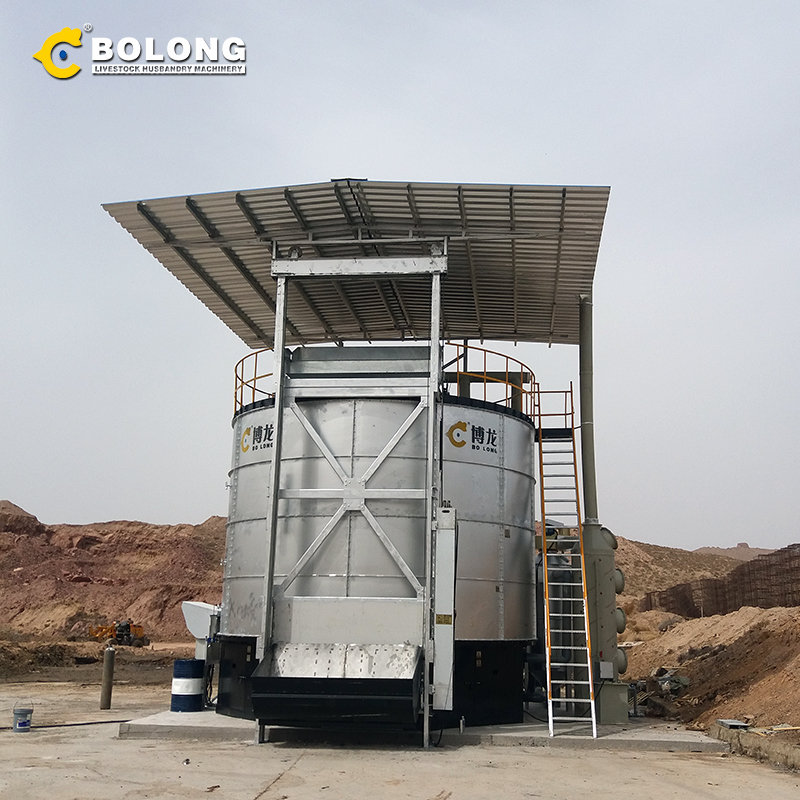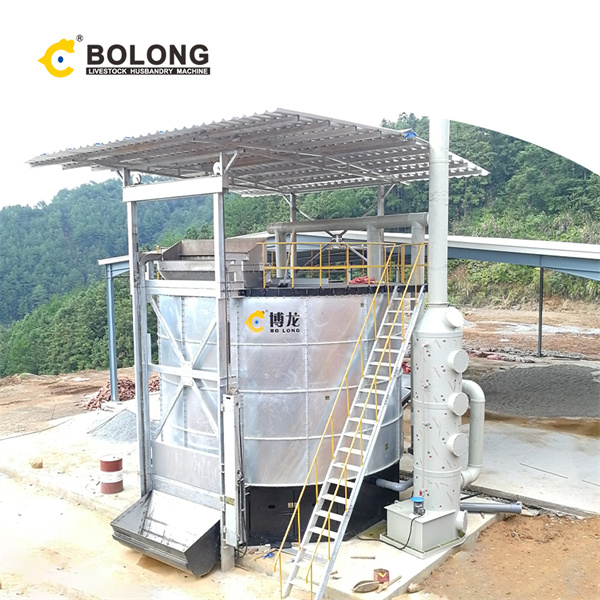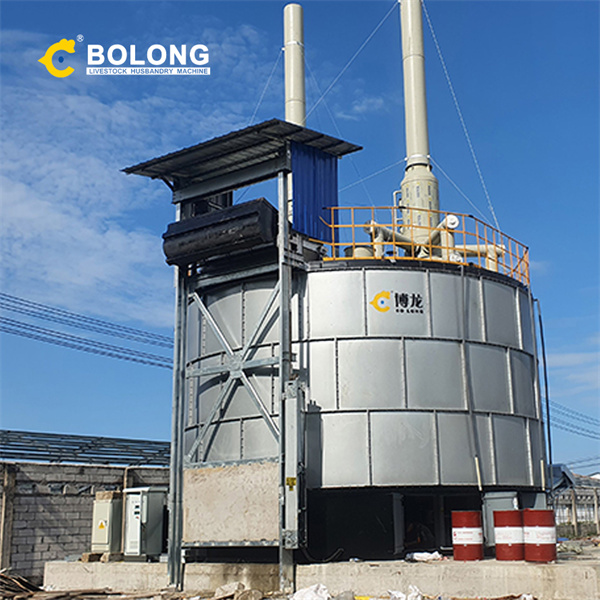Today, as agricultural production continues to pursue high efficiency and environmental protection, the energy consumption of organic fertilizer composting machines, as key equipment for organic fertilizer production, has received increasing attention. Optimizing the energy consumption of organic fertilizer composting machines can not only effectively reduce production costs and improve corporate economic benefits, but also have far-reaching significance for environmental protection.
1. Energy consumption analysis of composting machines
-
Energy consumption ratio of each system
Organic fertilizer composting machines are usually composed of multiple parts such as stirring system, ventilation system, heating system, and temperature control system. Among them, the energy consumption of the stirring system accounts for about 30%, which is responsible for uniformly stirring the fermented materials to ensure the consistency of the fermentation process. The energy consumption of the ventilation system accounts for about 25%, providing the necessary oxygen for the fermentation process and discharging waste gas. In some fermentation processes that need to maintain a specific temperature, the heating system can account for up to 40% of the energy consumption, which is used to regulate the fermentation temperature and meet the growth needs of microorganisms. The energy consumption of the temperature control system is relatively small, accounting for about 5%, but it is crucial to maintain a stable fermentation environment. Understanding the energy consumption ratio of these systems will help to optimize them in a targeted manner.
-
Energy consumption changes at different fermentation stages
In the early stage of fermentation, in order to allow microorganisms to quickly adapt to the environment and start fermentation, the heating system and stirring system have high energy consumption. As the fermentation enters the high temperature stage, the energy consumption of the ventilation system increases to maintain appropriate oxygen content and heat dissipation. In the later stage of fermentation, the energy consumption of each system is relatively reduced, but it is still necessary to maintain a certain operating state to ensure complete fermentation. For example, in the fermentation process of a batch of livestock and poultry manure, the initial heating system energy consumption makes the total energy consumption at a high level in the first two days. Then, as the temperature stabilizes, the ventilation system energy consumption increases, and the overall energy consumption curve shows a trend of first rising, then falling, and then stabilizing.

2. Optimization strategy for composting machines
-
Energy-saving equipment selection
Selecting high-efficiency and energy-saving equipment is the basis for reducing energy consumption. In terms of the stirring system, a new energy-saving motor can be selected, which has an energy efficiency of more than 20% higher than that of traditional motors, which can effectively reduce stirring energy consumption. The ventilation system can use a variable frequency fan to automatically adjust the air volume according to the actual needs during the fermentation process, which can save 15% – 30% energy compared to traditional fixed frequency fans. If the heating system adopts new electric heating elements or efficient solar auxiliary heating equipment, it can significantly reduce energy consumption while meeting temperature requirements.
-
Optimize fermentation process to reduce energy consumption
Optimizing fermentation process can fundamentally reduce unnecessary energy consumption. Reasonably adjust the ratio of fermentation raw materials to ensure the smooth progress of the fermentation process and reduce the increase in energy consumption caused by abnormal fermentation. For example, controlling the carbon-nitrogen ratio within an appropriate range can speed up the fermentation speed and reduce the heating and stirring time. At the same time, adopt a segmented fermentation process to accurately control the operating parameters of each system according to the characteristics of different fermentation stages to avoid energy waste.
-
Intelligent energy management system
The intelligent energy management system collects energy consumption data, temperature, humidity and other information of each system of the organic fertilizer composting machine in real time through sensors. Based on these data, the system uses intelligent algorithms to predict the fermentation process and energy consumption requirements and automatically adjust the equipment operation status. When the temperature approaches the set upper limit, the heating power is automatically reduced and the ventilation volume is increased. In this way, real-time monitoring and precise control of energy consumption can be achieved, effectively reducing energy consumption.

3. Actual case analysis of composting machines
A large organic fertilizer production enterprise in Vietnam has 20 organic fertilizer composting machines. Before the energy consumption optimization strategy was adopted, the monthly energy consumption cost was as high as 50,000 yuan. By replacing energy-saving equipment, optimizing the fermentation process, and introducing an intelligent energy management system, the energy consumption of 15 composting machines was significantly reduced. After a period of operation, the overall energy consumption was reduced by 30%, and the monthly energy consumption cost dropped to 35,000 yuan. Not only that, due to the optimization of the fermentation process, the output and quality of organic fertilizers have been improved, further improving the economic benefits of the enterprise.

4. Summary
In summary, the energy consumption optimization of organic fertilizer composting machines is a comprehensive project, involving in-depth analysis of the energy consumption of each system of the equipment, the rational selection of energy-saving equipment, the careful optimization of the fermentation process, and the effective use of intelligent energy management systems. Through the implementation of these strategies, not only the production cost is significantly reduced, bringing more lucrative profit margins to the enterprise, but also in line with the current environmental protection concept, reducing energy consumption and carbon emissions, and helping agriculture move towards a green and sustainable development path. In the future, with the continuous innovation of science and technology, it is expected that more efficient and feasible energy consumption optimization solutions will emerge, further promoting the efficient and green application of organic fertilizer composting machines in agricultural production.